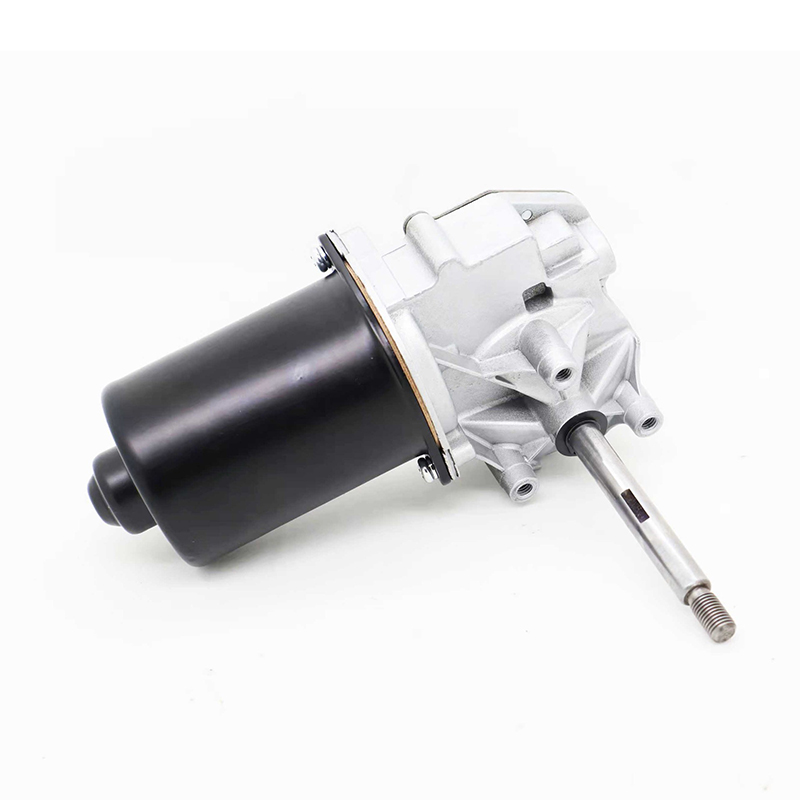 +86-0577-66009580
+86-0577-66009580
 juntmotor@126.com
juntmotor@126.com

The fundamental difference between these motor types lies in their commutation method. Brushed motors, commonly found in basic 12v gear motor price sensitive applications, use physical brushes that create friction and wear over time. In contrast, brushless gear motors employ electronic commutation, eliminating brush friction and delivering 20-30% higher efficiency. This makes brushless models particularly valuable in continuous operation scenarios where energy costs matter.
When evaluating a 24v DC gear motor for industrial automation or medical equipment, the brushless version's smoother operation and precise speed control often justify its higher initial cost. The absence of brush arcing also makes brushless gear motors ideal for explosive environments where sparking could be hazardous.
A standard brushed 12v gear motor price might appear attractive upfront, but its operational lifespan typically ranges from 1,000 to 3,000 hours due to brush wear. Compare this to brushless gear motors that routinely achieve 10,000+ hours of maintenance-free operation. In applications like automated gates or conveyor systems where downtime is expensive, the long-term reliability of brushless technology quickly offsets its premium.
The maintenance advantage becomes even clearer in hard-to-access installations. While a brushed 24v DC gear motor might require periodic brush replacement and cleaning, brushless gear motors eliminate these service needs entirely. This characteristic makes them great for embedded systems or remote monitoring equipment.
At first glance, the 12v gear motor price comparison seems to favor brushed motors, with costs typically 20-40% lower than their brushless counterparts. However, when factoring in energy savings, reduced maintenance, and longer service life, brushless gear motors often prove more economical over a 5-year period. This is especially true for 24v systems, where a 24v DC gear motor brushless model's higher efficiency compounds the savings.
For budget-conscious projects with intermittent duty cycles, a brushed 12v gear motor price point might still make sense. But for continuous or high-cycle applications, the brushless gear motor becomes the smarter investment, frequently paying back its price differential within two years of operation.
Medical devices and food processing equipment frequently specify brushless gear motors for their clean operation and reliability. Similarly, solar tracking systems benefit from the high efficiency of 24v DC gear motor brushless designs to improve limited power availability. Even in automotive applications like electric power steering, the transition to brushless technology has become standard.
However, for simple, low-duty-cycle applications like occasional-use actuators or basic educational projects, a standard 12v gear motor price brushed solution may suffice. The key is matching the motor technology to your specific requirements for runtime, precision, and operational lifespan.
As electronic controllers become more affordable, the price gap between brushed and brushless gear motors continues to narrow. Industry trends show brushless designs capturing an increasing share of the 24v DC gear motor market, particularly in industrial and commercial applications. While brushed motors won't disappear entirely, their domain is shrinking to only price-sensitive, low-performance applications.
When your project demands reliability, efficiency, and low maintenance, the brushless gear motor emerges as the clear choice. Its outstanding performance characteristics and decreasing cost premium make it the go-to solution for modern motion control challenges across industries.

